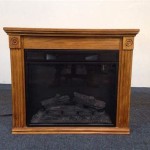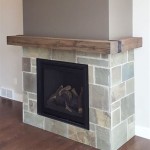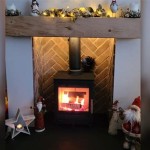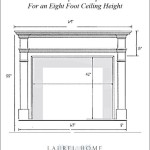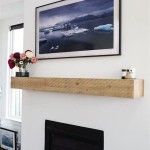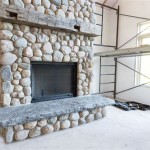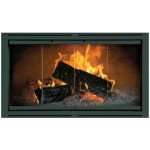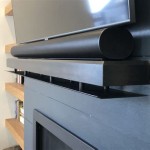Essential Aspects of Air Vent for Fireplace
An air vent is a crucial component for any fireplace, ensuring proper ventilation and safety. Choosing the right air vent and installing it correctly is vital for optimal fireplace performance and longevity. Here are some essential factors to consider when it comes to air vents for fireplaces:
Type of Air Vent: There are two main types of air vents for fireplaces: outside air kits and combustion air vents. Outside air kits draw fresh air from outside the house and directly into the fireplace, providing a constant supply of oxygen for burning. Combustion air vents allow air to enter the firebox from inside the house, which is suitable for homes with tight building envelopes or limited outdoor access.
Location and Placement: The location of the air vent is crucial for both efficiency and safety. Outside air kits should be installed low on the exterior wall near the fireplace to minimize heat loss. Combustion air vents can be placed either directly below the firebox or at the floor level. Proper placement ensures optimal airflow and prevents backdrafts.
Size and Capacity: The size of the air vent should be appropriate for the size of the fireplace and the heat output. A larger fireplace requires a larger air vent to provide sufficient oxygen for combustion. Undersized air vents can restrict airflow, negatively impacting fireplace performance. Consult the manufacturer's recommendations or a professional for guidance on selecting the appropriate size.
Installation: Professional installation is strongly recommended for air vents to ensure proper functionality and safety. They will determine the optimal location, size, and type of air vent for your fireplace and handle the installation process to meet building codes and manufacturer guidelines. Improper installation can lead to inadequate ventilation, backdrafts, and potential hazards.
Maintenance and Cleaning: Regular maintenance and cleaning of the air vent are essential for continuous optimal performance. Inspect the vent regularly for any debris or obstructions that may reduce airflow. Clean the vent using a soft brush or vacuum to remove dust and dirt. Avoid using harsh chemicals or cleaning solutions, as they may damage the vent.
Gas Fireplace Venting Explained Heat Glo
Gas Fireplace Venting Explained Heatilator

What Is A Direct Vent Fireplace Fireplaces Learning Center

Vented Vs B Vent Direct Free Dixie S

Benefits Of Direct Vent Fireplaces
Gas Fireplace Venting Explained Heat Glo

What Are The Best Ways To Vent A Gas Fireplace Zoroast

Fireplace Cover To Keep Cold Air Out

Fireplaces And Wood Stoves Have Proper Ventilation Building America Solution Center

Venting A Gas Fireplace Through Existing Chimney Design Inserts
Related Posts

